Improvement in the casting of slurry pumps – Casting engineering computer simulation technology
The foundry industry is the main supplier of raw materi [...]
The foundry industry is the main supplier of raw materials and mechanical components for the mechanical industry.
It plays a significant role in both developed and developing countries.
Due to the low level of technological expertise in the domestic foundry industry, the quality of castings cannot be guaranteed.
For a long time, many high-end, precision, and cutting-edge castings in our country have relied heavily on imports.
A large portion of our country’s casting products are low-value, low-end products. There is also a considerable gap in casting technology and process compared to some developed countries.
Slurry pump pouring schematic.
Currently, the foundry industry has long been plagued by high scrap rates.
The main reason for the high scrap rate is the presence of casting defects, as the casting process is relatively complex.
There are many factors that affect casting quality. In addition to the casting process, it is closely related to the performance of the casting alloy material, the material of the mold, filling, solidification, and other processes.
However, with the rapid development of industries such as aviation, aerospace, automotive, and machinery, the demand for castings is increasing, and the requirements for the performance of casting metals and the reliability of castings themselves are also becoming higher.
It requires the production of castings to move towards precision, lightweight, composite, strengthening, and environmentally friendly directions.
Therefore, computer simulation technology in foundry engineering has been involved in this ancient and outdated process.
The foundry industry has liberated itself from traditional operations and heavy physical labor, attracting widespread attention from scholars at home and abroad.
As a universal machinery, slurry pumps play a crucial role in the development of the national economy.
Slurry pumps also have excellent hydraulic performance, low wear rate, wide flow channel, and good anti-clogging performance.
However, the slurry contains a large number of hard particles. During the operation of the slurry pump, these particles cause high-speed erosion, cutting friction, and wear on the flow components, greatly reducing their service life.
The flow components of slurry pumps include the casing, impeller, and volute liner. As vulnerable parts of the equipment, their consumption is often significant and directly affects the service life of the slurry pump.
With the development of production, the quality requirements for castings continue to increase. Relying solely on classical solidification theory technology and practical production experience is difficult to meet the quality requirements of various industries for castings.
Casting simulation technology using modern computer technology serves as a bridge between technical basic disciplines and solidification theory.
Through the analysis of the filling and solidification process of castings in actual production, potential defects and their locations can be predicted.
After casting, effective measures can be taken based on the location and characteristics of the defects to reduce or avoid them, thereby improving casting quality. This is one feasible and effective method.
Translation into English:
The foundry industry is a major supplier of raw materials and mechanical components for the mechanical industry, both in developed countries and developing countries.
However, due to the low level of technological expertise in the domestic foundry industry, the quality of castings cannot be guaranteed.
For a long time, many high-end, precision, and cutting-edge castings in our country have relied heavily on imports.
A large portion of our country’s casting products are low-value, low-end products. There is also a considerable gap in casting technology and process compared to some developed countries.
Shown in the diagram is the pouring process of a slurry pump.
One significant problem that has persisted in the foundry industry is the high scrap rate.
The main reason for the high scrap rate is the existence of casting defects and the relatively complex casting process.
Many factors affect casting quality. Apart from the casting process itself, it is closely related to the performance of the casting alloy material, mold material, filling process, solidification process, and other factors.
However, with the rapid development of industries such as aviation, aerospace, automotive, and machinery, the demand for castings is increasing, and the requirements for casting metals’ performance and the reliability of castings are becoming higher.
There is a demand for the production of castings to move towards precision, lightweight, composite, strengthening, and environmentally friendly directions.
As a result, computer simulation technology has engaged in this ancient and outdated process of foundry engineering.
The foundry industry has been liberated from traditional operations and heavy physical labor, drawing widespread attention from scholars both domestically and internationally.
Slurry pumps play a crucial role in the development of the national economy as a versatile machinery.
Slurry pumps also possess characteristics such as excellent hydraulic performance, low wear rate, wide flow channels, and good anti-blocking capabilities.
However, the slurry contains a large number of hard particles. During the operation of the slurry pump, these particles cause high-speed erosion, cutting friction, and wear on the flow components, significantly reducing their service life.
The flow components of a slurry pump include the casing, impeller, and volute liner. As vulnerable parts in the equipment, they often experience significant consumption, directly affecting the service life of the slurry pump.
With the development of production, there is an increasing demand for higher quality castings. Relying solely on classical solidification theory technology and practical production experience is challenging to meet the quality requirements of various industries for castings.
Casting simulation technology, implemented using modern computer technology, acts as a bridge between technical foundational disciplines and solidification theory.
By analyzing the filling and solidification processes of castings in actual production, potential defects and their locations can be predicted.
After casting, effective measures can be taken based on the location and characteristics of the defects to reduce or avoid the occurrence of defects, thereby improving the quality of castings. This is one feasible and effective method.

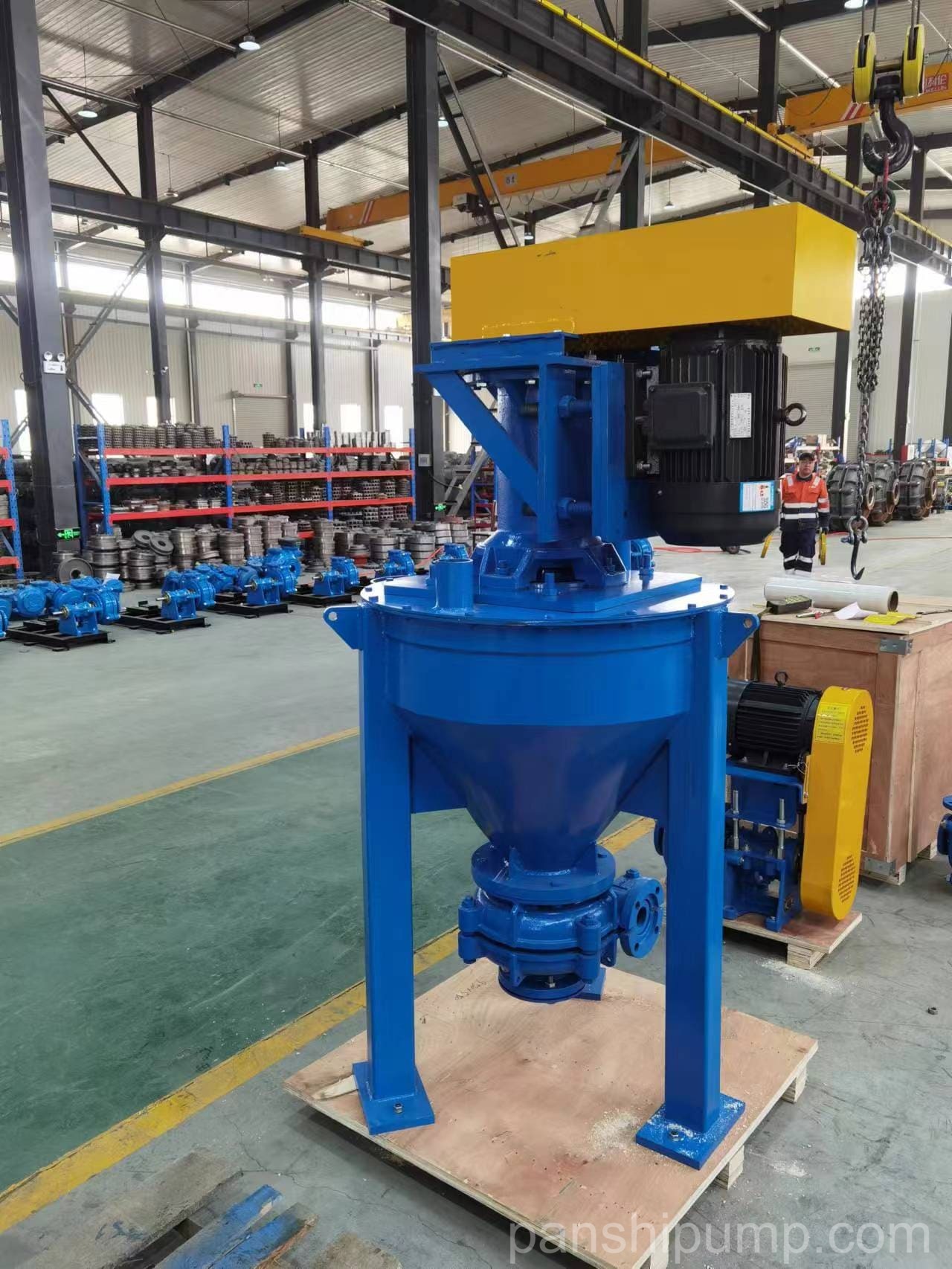
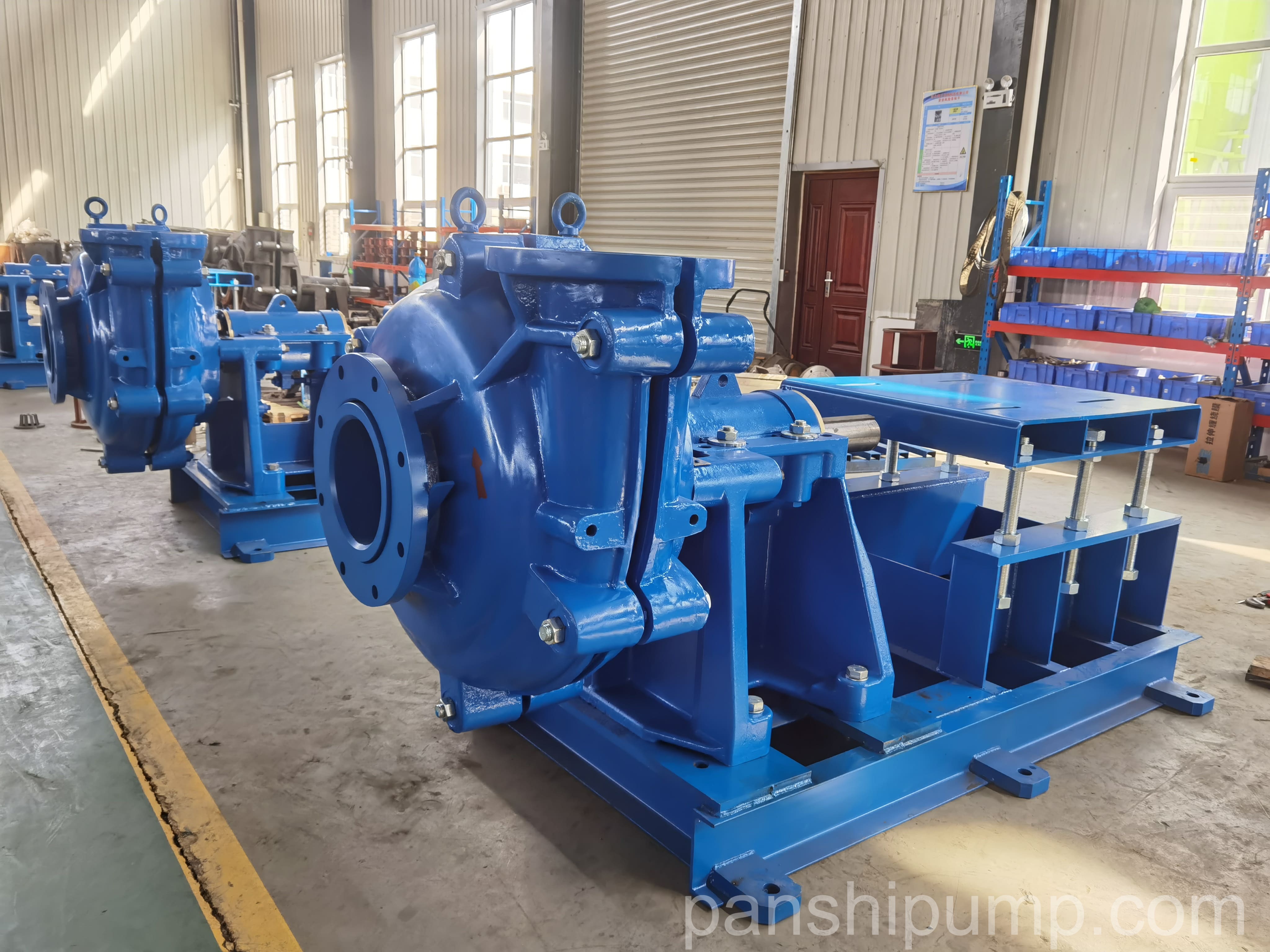
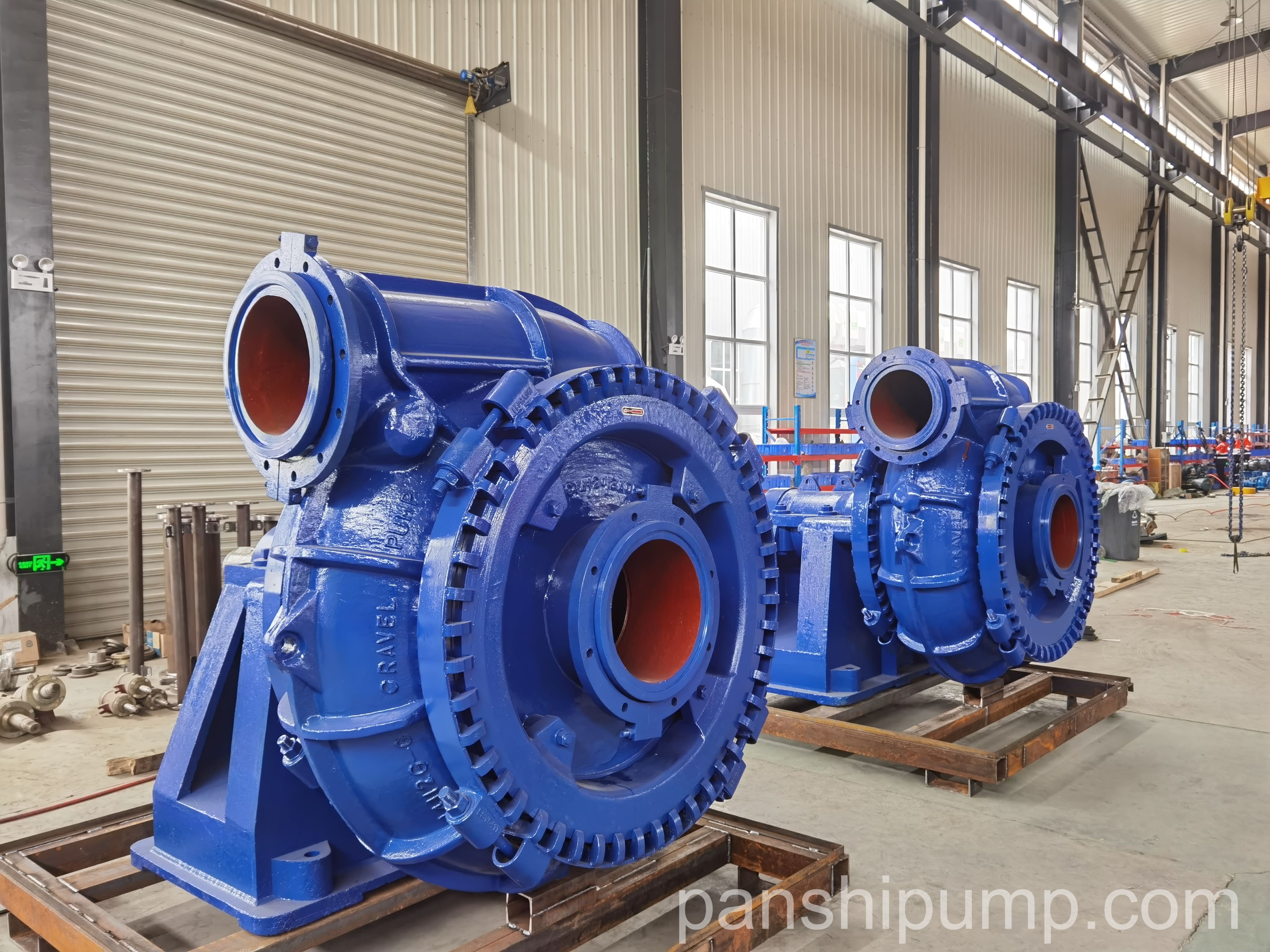
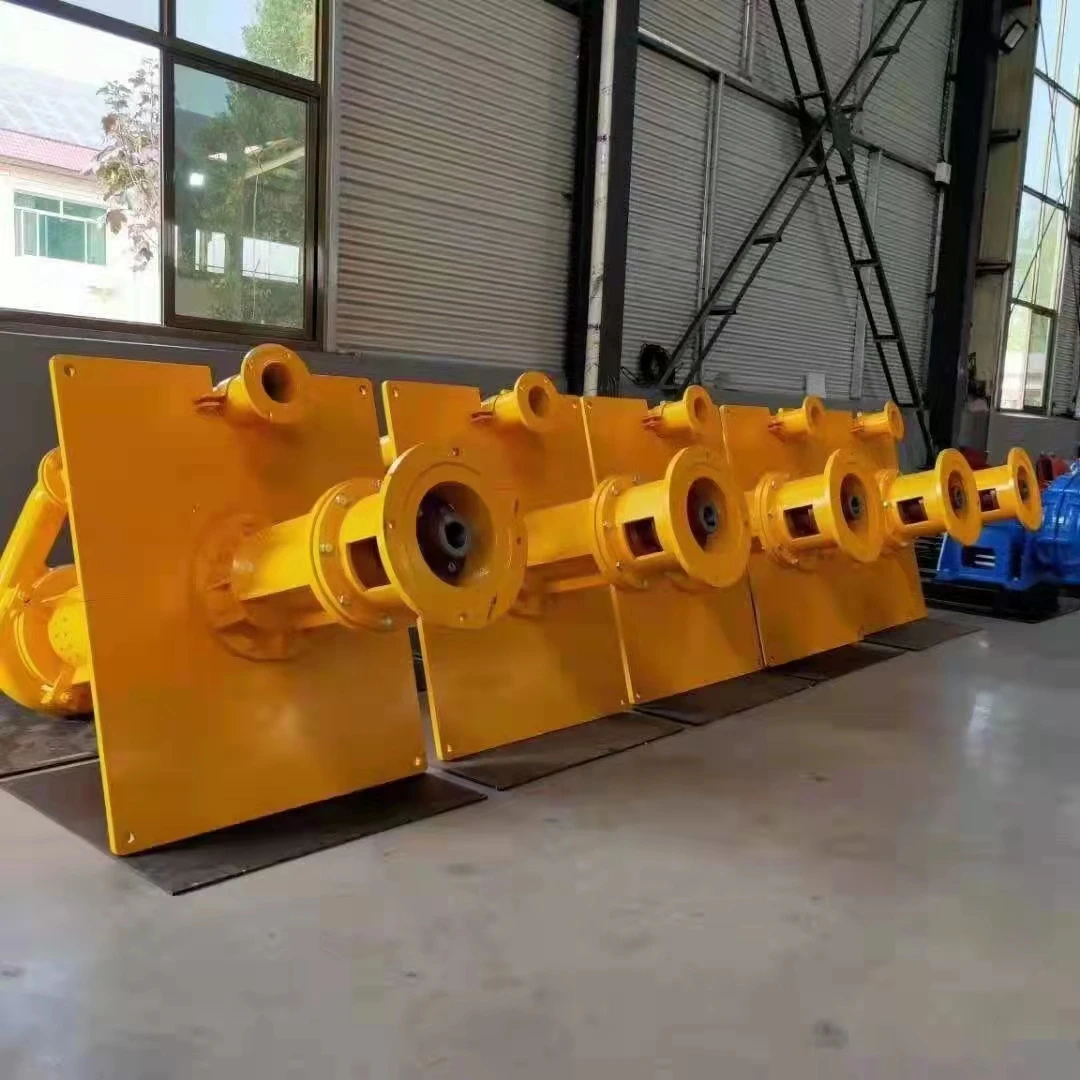
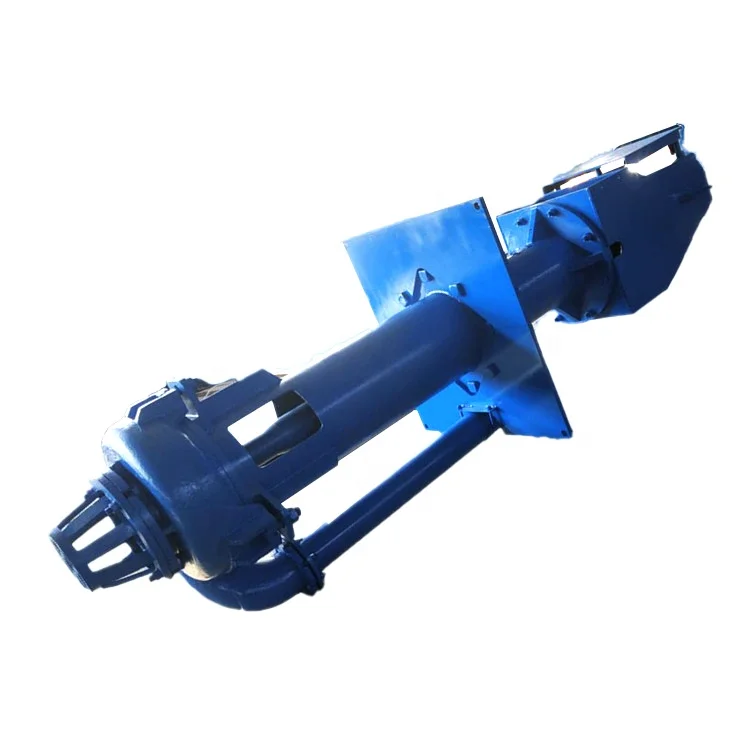
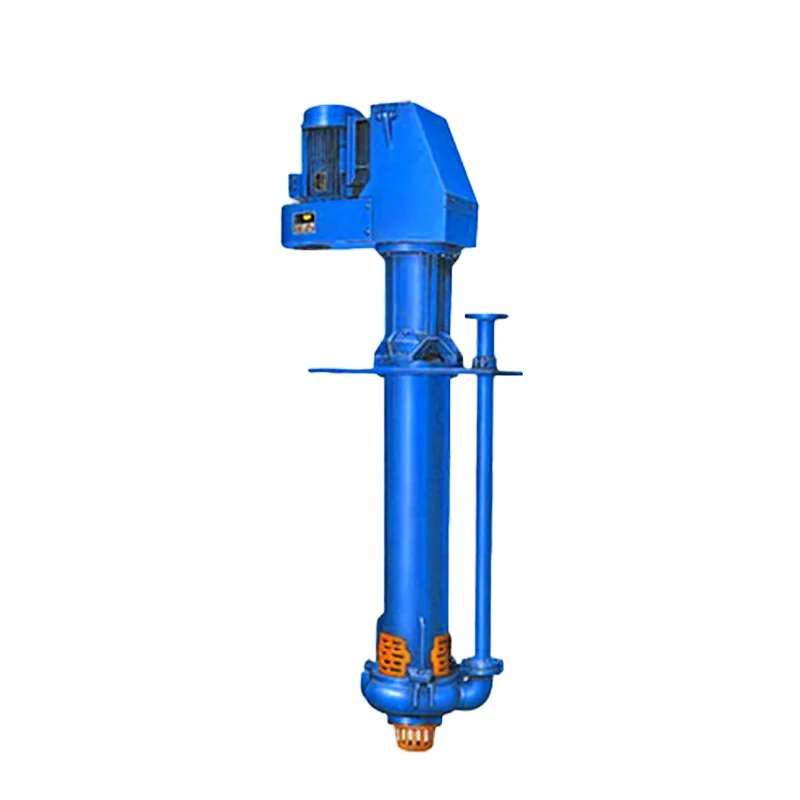
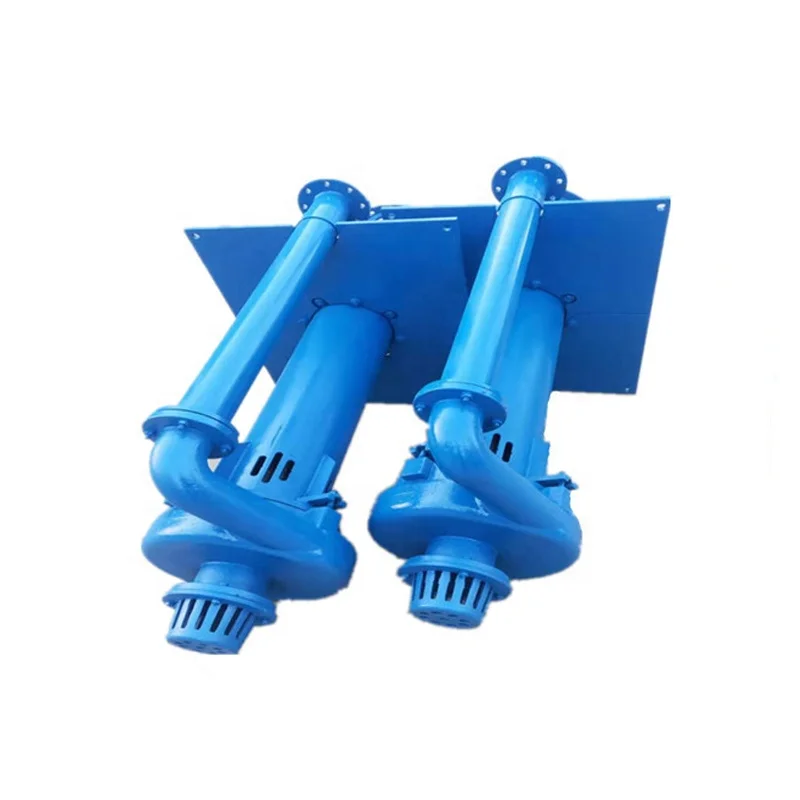




Please login to write a comment after